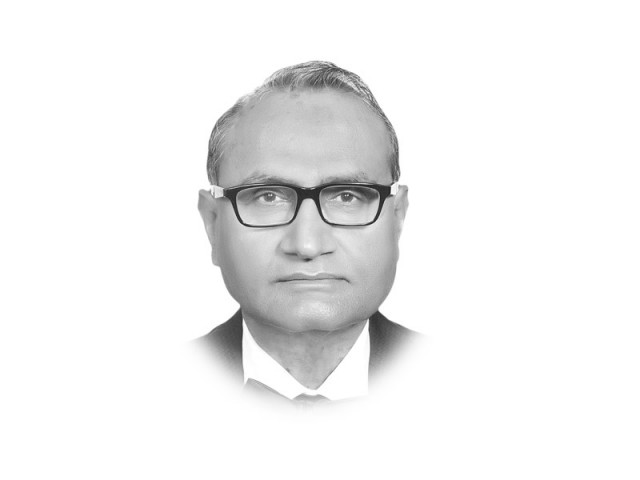

No one knows which was the original route. The opposition claims that it passed through southern K-P, Zhob and Quetta. This is the shortest but the costliest route in terms of time and money. What was the opposition doing when the projects related to the eastern route were made part of the development budget? Waking up to the change now rather than debating it in the budget session reflects politicians proverbial lack of interest in economic matters. This late realisation and insistence on the most difficult route might endanger the entire Pakistan-China Economic Corridor project, which includes a focus on energy and economic zones and not just transit trade. In terms of cost, economic advantage and future opportunities, the middle ground is occupied by the route connecting Abbottabad, Mianwali, D I Khan, D G Khan, Ratodero, Khuzdar, Turbat and Gwadar. The route fulfils the original dream of the Indus Highway as an alternative artery. It connects the backward districts of all the provinces and is linked to Fata, Quetta and Zhob. Proximity to Central Asia, Afghanistan and Iran brings the concept of the economic corridor into full bloom. The time to exploit the full potential of Gwadar will also be reduced.
When all but one opposition party meets, as is being reported in the press, the one deemed to promote the cause of just one province, it is hoped that the development of Pakistan will be the main consideration. The current focus of the government on completing the eastern route may make immediate economic sense, but its long-term potential is limited. The Chinese fully understand that the opening up of new areas pushes the frontiers of economic opportunity further, while diminishing returns set in quickly from investment in relatively developed areas. So the equity argument does not end at the Chinese border. It extends to Pakistan also but without sacrificing the economic advantage. There could be no better Marshall plan than this connectivity.
Published in The Express Tribune, February 20th, 2015.
Like Opinion & Editorial on Facebook, follow @ETOpEd on Twitter to receive all updates on all our daily pieces.














COMMENTS
Comments are moderated and generally will be posted if they are on-topic and not abusive.
For more information, please see our Comments FAQ